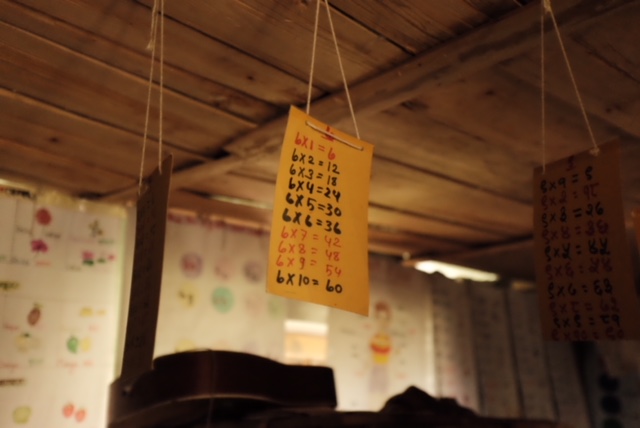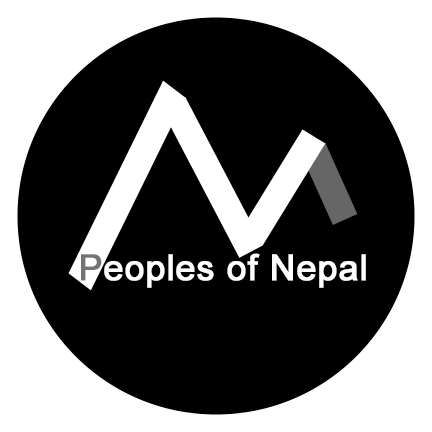Education in Mountain Villages

Primary School in Wulongchong Gola
“Where are all the children?”
That was one of our first observations as we walked into the village of Olungchung Gola. There were no playing and dancing children. There were no chatting teenagers. There wasn’t even children’s clothing hanging out to dry. Where were the little ones?
It was shortly after this realization that we learned they did in fact have a village school of their own. However that was the extent of our knowledge at that time. The lowest age limit appeared to be mid-to-late twenties. As we met more villagers, we discovered only 4 children all of whom were under the age of six. How was a village of only 198 people planning on continuing to exist with only 4 children in the entire generation under the age of twenty?
By law, the children of Nepal must be enrolled in a school. However, this law is not often or easily enforced. The farther you get from the capital, and all other major cities, the higher the rate of absence. Education for children is treated as much more of a privilege than a right or necessity. Because children far from the main cities do not attend school it is much more common to see children labouring with their parents.
The education system in Nepal was adapted from that found in Europe. Therefore, it looks very similar to the British system. Children begin their first class at the age of five. Entry level for schools is called the Primary Level. Primary Level education consists of 5 classes (each is one year in length) with children ages 5-10. The core subjects for Primary Level education are Nepali, English, Math, Social Studies, Science, and History. After completing Primary Level the children continue into the Lower Secondary Level (aka Middle Level). Lower Secondary Level consists of classes six through eight and ages 10-13. The core subjects for Lower Secondary Level are the same as Primary Level with the added subjects of Health, and Environment. Thirdly, students attend Secondary Level which consists of classes nine through ten, ages 13-15, and the same core subjects as Lower Secondary Level. The final level of education before continuing onto University is the Higher Secondary Level. This level has classes eleven to twelve and ages 15-17. The core subjects of Higher Secondary Level are English, Nepali, and three subjects of the student’s choice.
One morning, we went up to the local Primary Level school. The 4 little kids were there. We started up a conversation with one of the 2 teachers who worked there. They informed us that there are 50 kids at the school. You can imagine the look on our extremely confused faces. The next day we returned to the school to ask some more questions. We asked one more time how many students attended the school. Once again we received the same response. This time we spoke to the second teacher. We asked where the other 46 children were and learned that the number 50 was how many children were registered not necessarily attending. We still did not have the answer we were looking for. Where were all of this village’s children?
Another day had passed by. We were eating lunch in Auntie’s kitchen and the topic of her 5-year-old little boy arose. He was one of the four children who we had met. We started asking about his education. Auntie told us that because the local school only had the first 5 classes of Primary Level education all children leave the village at the age of 10 or younger to attend schools in either Taplejung, Japa, or Kathmandu. These children only return home for small breaks. They attend these schools and live in hostels until they complete their studies at the age of 18 unless they decide to attend University. The lack of young adults was due to the fact that once these children complete their schooling they are usually able to find jobs much easier in the cities. Because of this, they do not often travel home to visit.
The importance these people placed on education was the most dedicated we had encountered in the mountains so far. At first thought, this seemed to be amazing news. However, as we pondered what we had learned, we realized how detrimental this loss of a generation could be to this village where physical labour was the primary source of income. No one new is moving into the village and the people currently living there aren’t getting any younger. How can a village survive when nearly every young person leaves indefinitely to pursue opportunity either in Kathmandu or even abroad in foreign countries? It appears to be the sign of the ending of a way of life and the beginning of something new. So we await with the parents to see who shall return home and continue the legacy left by their family and who will enter the flow of the busyness that is city life.
http://www.educatenepal.com/education_system/display/education-system-in-nepal
